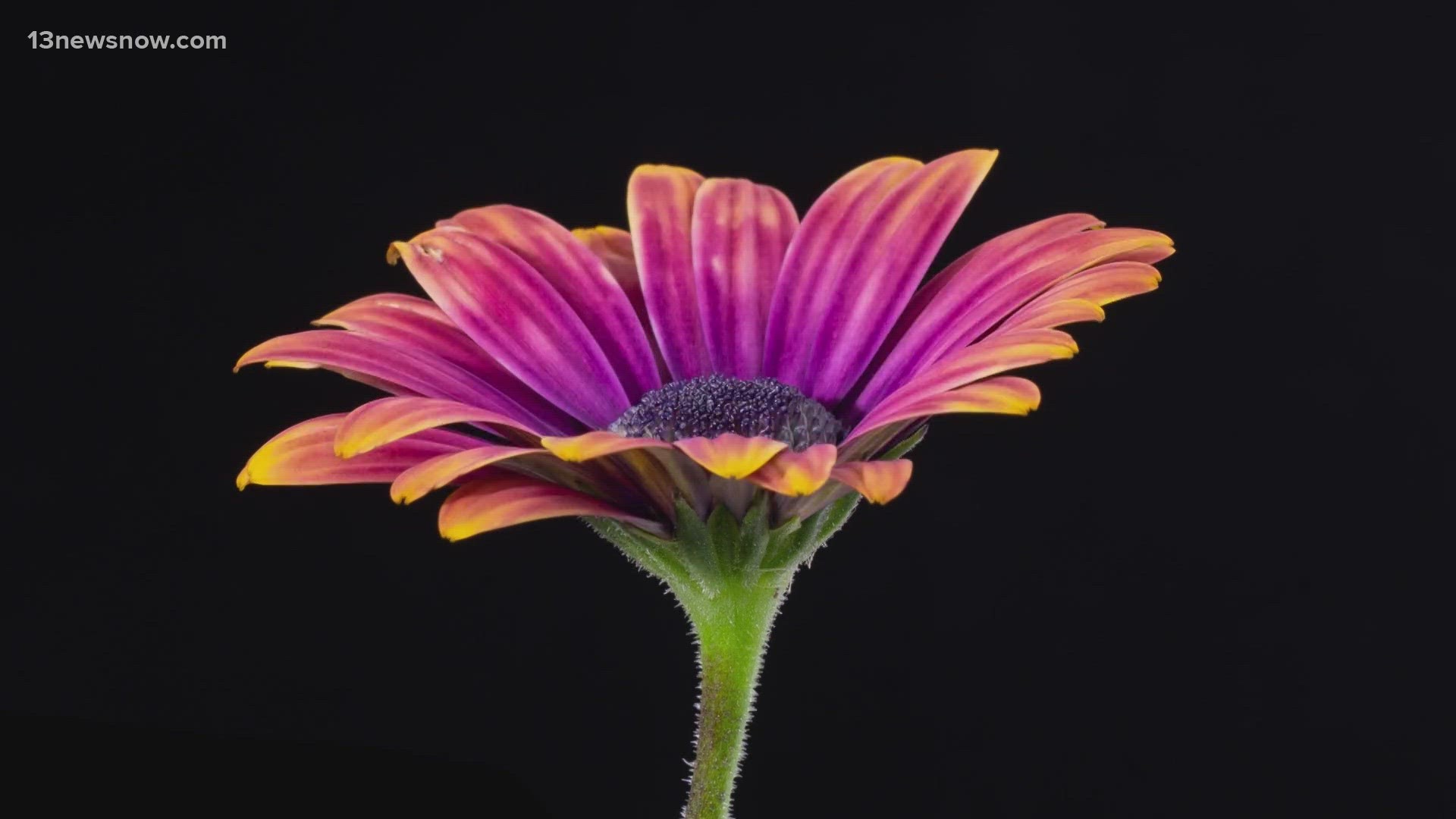NORFOLK, Va. — It’s a valuable tool for gardeners and researchers, and it has been updated for the first time in more than a decade: The U.S. Department of Agriculture’s Plant Hardiness Zone Map.
The tool helps determine the best plants and flowers to grow in regions across the country based on 30-year averages of the lowest annual winter temperatures in each region. The new update reveals what some scientists call striking changes.
The latest map shows that temperatures are about 2.5 degrees warmer than the last update in 2012, which means half the country has moved into a warmer climate zone.
Why is this important?
If you’re a lover of nature, the update has big implications.
Some areas can now grow new types of flowers, plants, fruits and vegetables.
Take Magnolia trees, for example. The longtime southern staple could now have a chance to thrive in parts of New England due to the shift.
The USDA's website explains that each zone is "based on the average annual extreme minimum winter temperature." The zones are broken up into increasing 10-degree ranges, from zone 1 being the coldest, to zone 13 being the warmest.
Then, each zone is divided into "half zones," and labeled as either "a" or "b," representing the colder and warmer halves of each zone.
Nearly every city in our region has shifted to a warmer zone. Hampton, Norfolk, Portsmouth and Virginia Beach all moved to zone 8b in the latest update.
In terms of growing, the change means that it may be easier for gardeners to grow tropical plants, like shampoo ginger.
While it would seem reasonable to attribute the changes to climate change, that’s not necessarily the case. Officials with the USDA said the annual winter temperatures determining the map are extremely variable.
Even though we’ve shifted into different zones, gardeners don’t have to go out and buy all new plants; most of what we’re used to growing will still be viable.
Next time the map is updated, though? It could be a different story.

